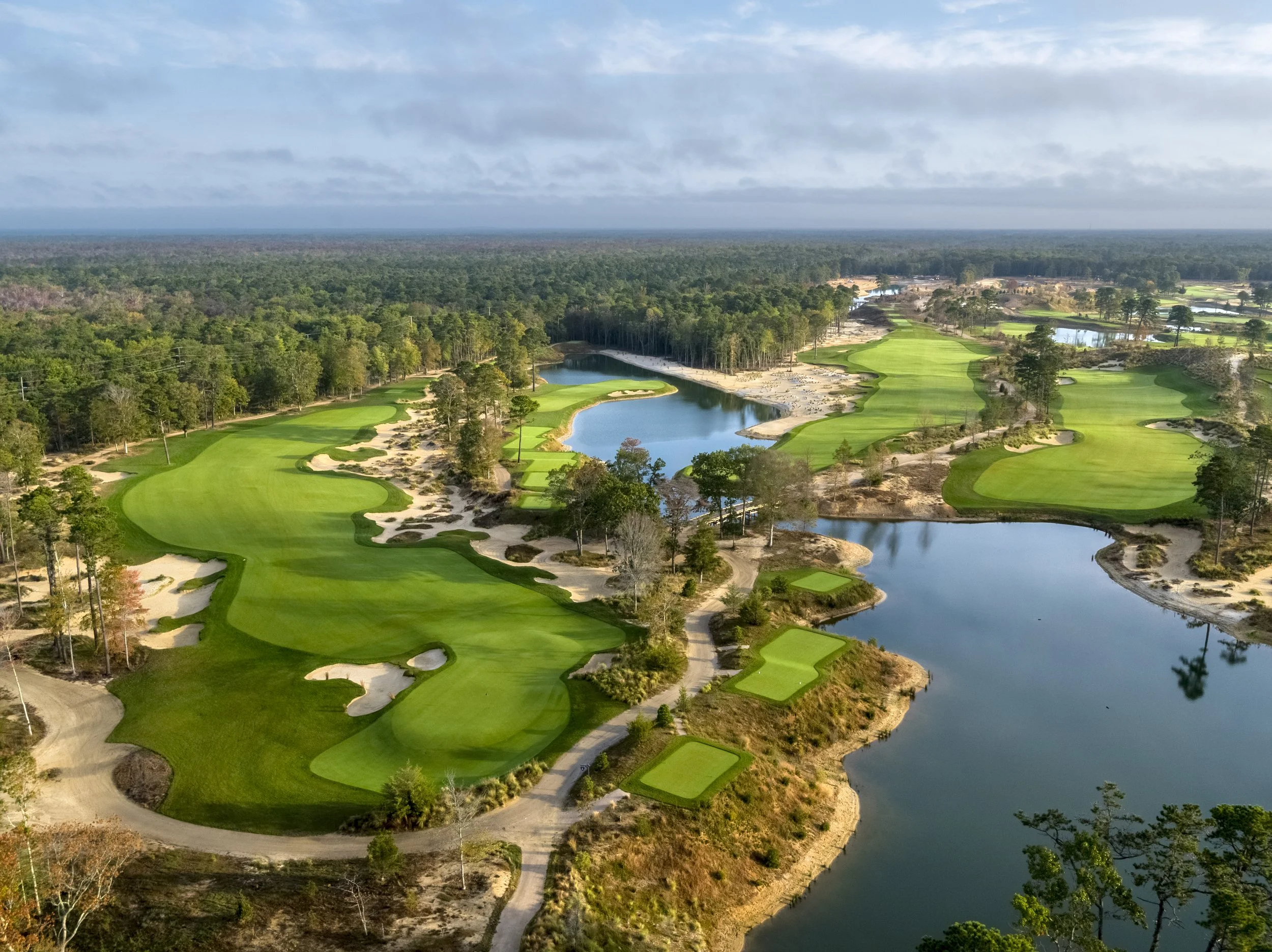Design Philosophy
Fry/Straka seeks no stylistic labels. We don’t court the company of others, past or present, in any particular golf course architectural “school”. While we insist upon unity and coherence within any 18-hole routing, we never wish to be known for a specific look, pattern or genre. Instead, our firm relies on limitless varieties and variabilities of terrain. We lean on our keen appreciation for classic golf course design principles, while never running from the modern or novel. In making these artistic decisions, we place great faith in our decades of collective design experience — and the indomitable F/S spirit — to produce singular golf course architecture wherever our work takes us.
This is what we mean by “Creative Distinction.” There’s no other way to describe and account for such a wide variety of award-winning, sustainable, visually arresting, tournament-ready designs in so many distinct, natural environments:
This ability and determination to create distinctive, sustainable, strategic architecture extends to Fry/Straka’s expansive renovation portfolio. Hundreds of Donald Ross courses have undergone refurbishment. None, however, have re-emerged so visually and strategically striking, while hewing closer to the Scot’s original plans and intents, as Belleair CC in Clearwater. Belleair had never been a ratings darling. However, following the restoration by Fry/Straka, the West Course became the 4th best private course in Florida and #77 on the list of Top 200 Classic Courses in the U.S. according to Golfweek.
At Kenwood CC in Cincinnati, the club sought to restore the grandeur and scale of its 1929 Bill Diddel design. Fry/Straka delivered on this subtle brief, while removing 3,000-plus trees, equipping the entire 18-hole footprint with modern drainage capability, and re-building each bunker in a muscular, flat-bottomed style that would make Mr. Diddel proud. Eighteen months later, Kenwood played host to the LPGA Tour’s inaugural Kroger Queen City Classic.








